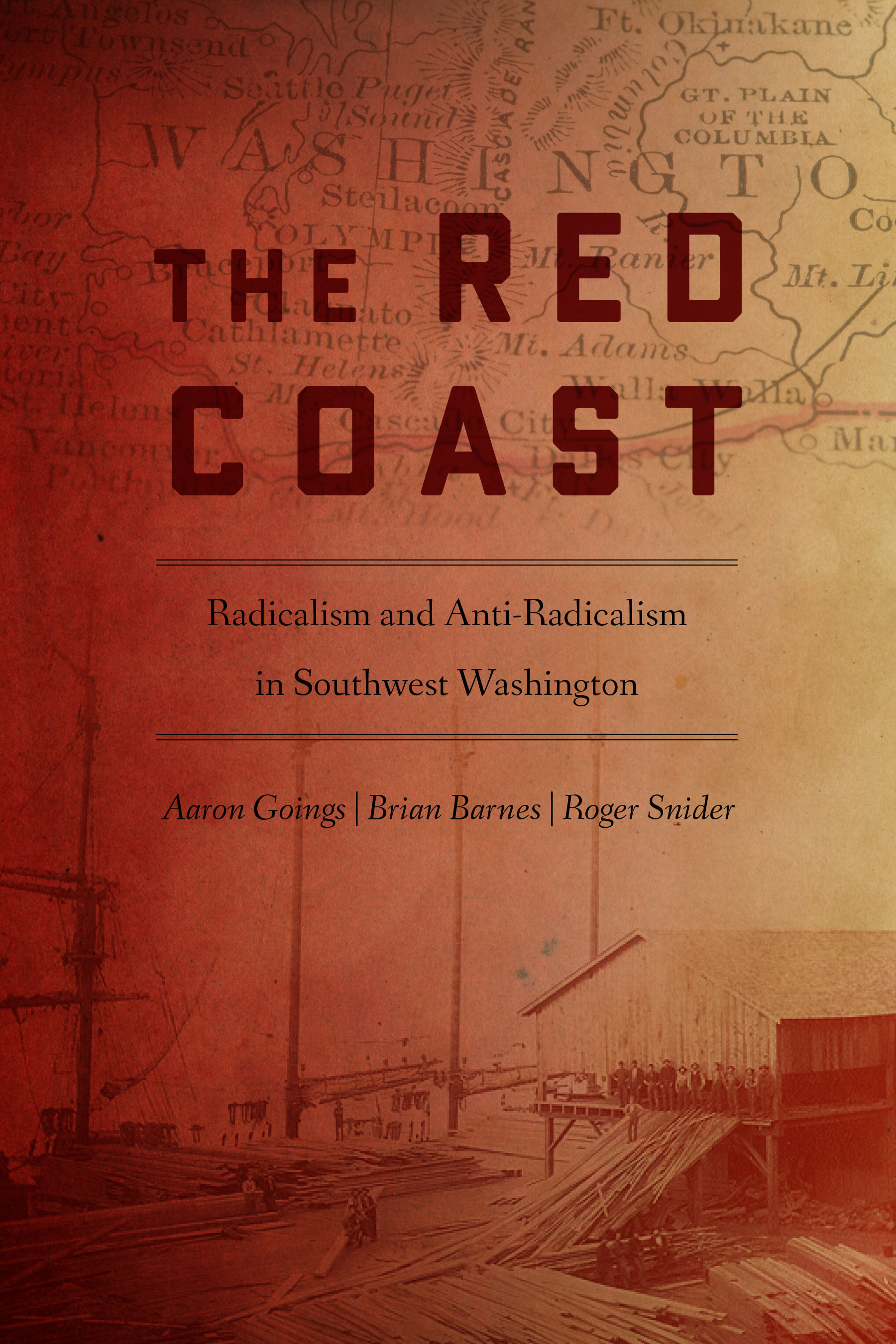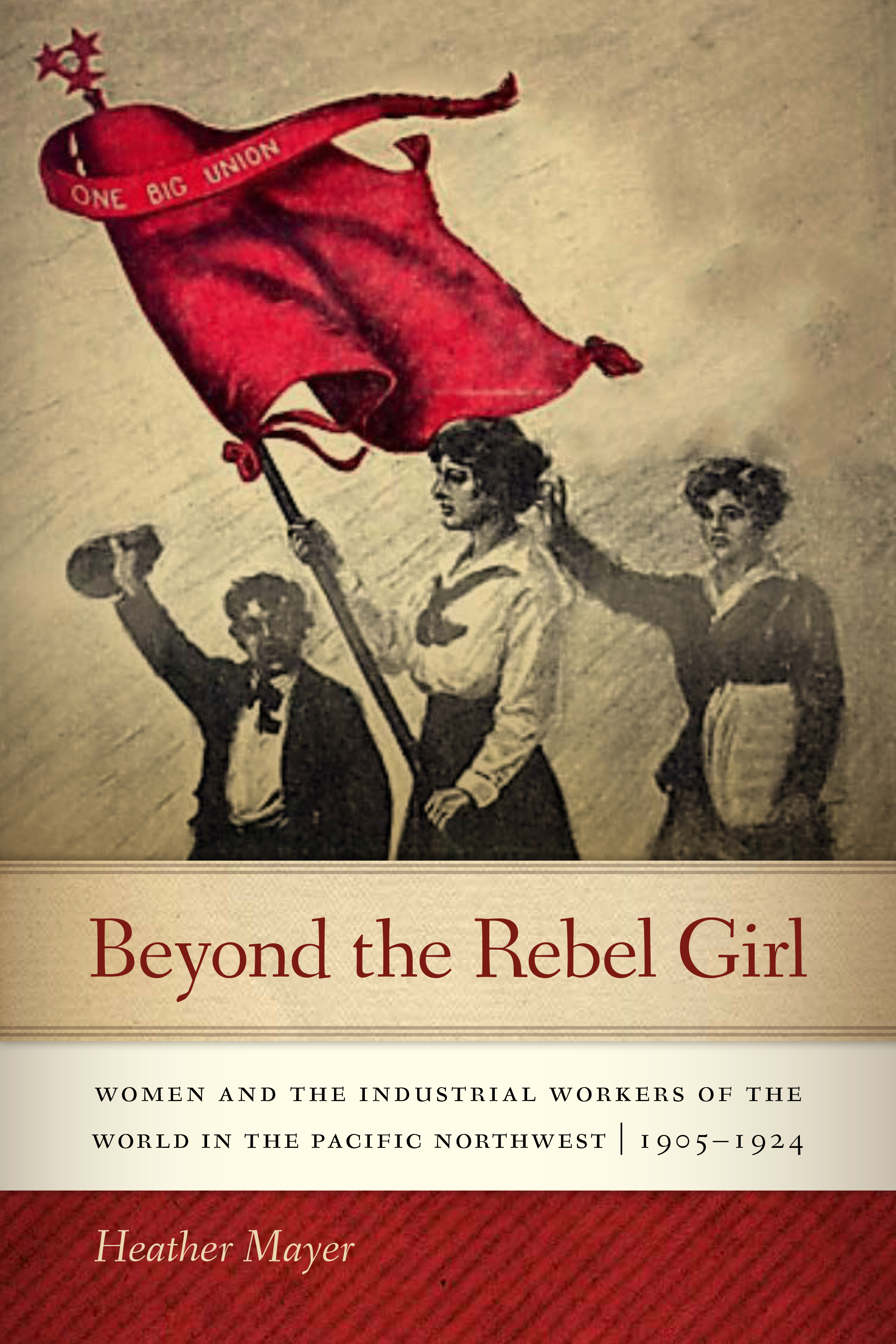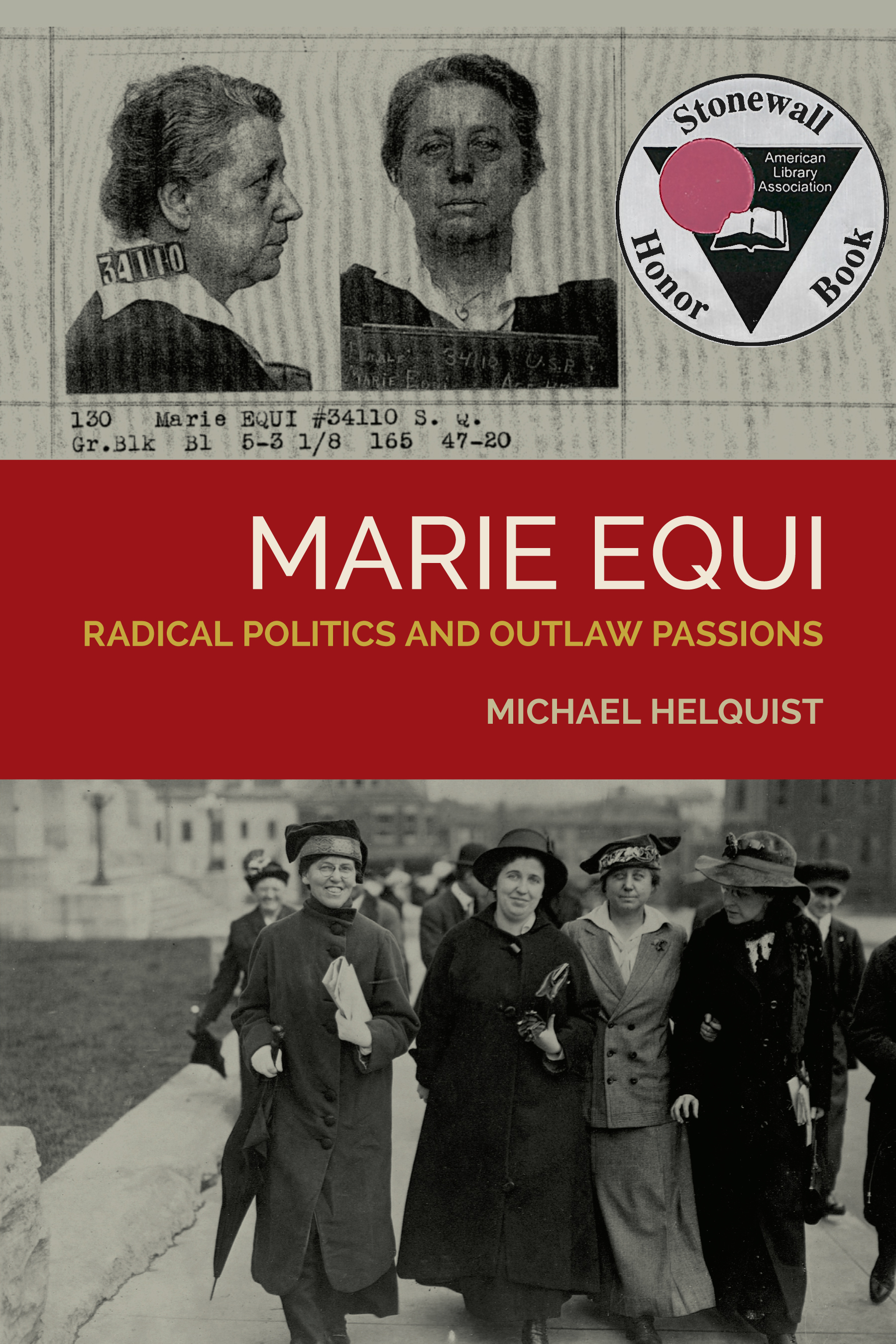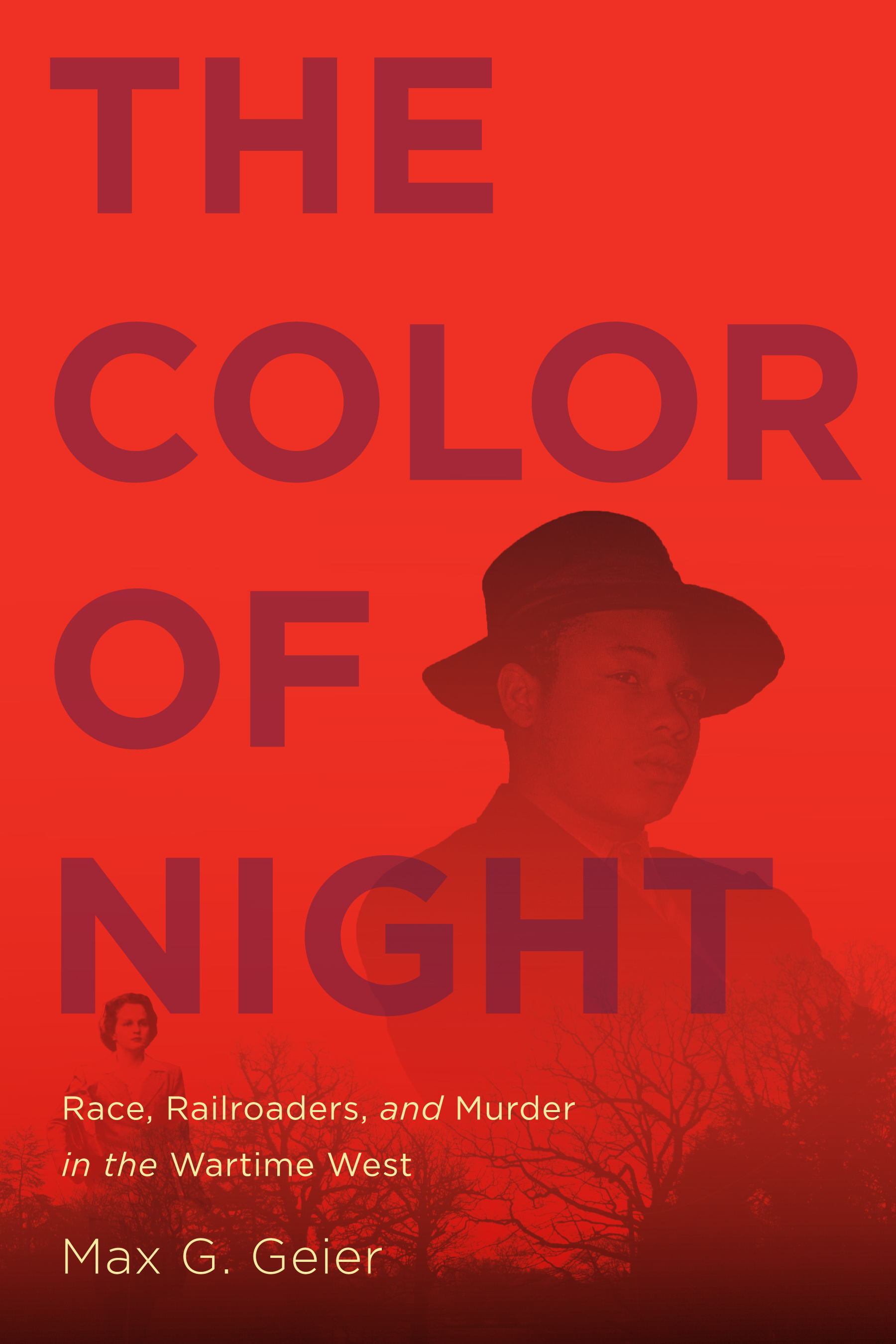
We’re delighted to tell you that The Red Coast is now available!
Aaron Goings, Brian Barnes, and Roger Snider present an accessible and engaging history of radicalism and anti-radicalism in Southwest Washington from the late nineteenth century until World War II, focusing on Wobblies, “Red” Finns, and Communists.
The authors write that The Red Coast demonstrates “that at one time Southwest Washingtonians organized by the thousands to protest injustices great and small, ranging from the horrors of laboring in a deadly workplace to the insult of a short paycheck.”
To learn more and purchase the book, click here.
And if you’re interested in learning more about the histories of labor and unions, we recommend reading the following titles:

Beyond the Rebel Girl explores women’s roles in the Industrial Works of the World (IWW) in the Pacific Northwest from 1905-1924. By doing so, author Heather Mayer challenges the predominantly male and masculine narrative about IWW. Women played a vital role in many efforts, including fundraising and organizing.
In a OSU Press Interview, Heather Mayer gave two important examples of women’s involvement, stating, “Kate MacDonald edited the Industrial Worker when her husband was arrested. Edith Frenette arranged for boats to take Wobblies into Everett during the free speech fight.” Additionally, women brought food to men in prison and helped spread important information, among other necessary actions.

Mayer explores historical figure Marie Equi as does Michael Helquist in his book dedicated to her: Marie Equi: Radical Politics and Outlaw Passions. This account of the life and work of Dr. Marie Equi is an inspiring narrative of activism in Oregon during the early 1900s.
Bettina Aptheker writes, “With meticulous archival research, including access to oral histories, Helquist presents this generous, passionate, and complicated woman in a respectful way that Dr. Equi herself would undoubtedly have appreciated. A splendid contribution to both feminist and lesbian history.”
To learn more about this title, click here.

The Color of Night examines a murder trial that captured the nation’s attention in the 1940s. Robert Folkes, a young, black trainman from South Central Los Angeles, was charged and convicted of the crime of murdering a white, newly married southern woman. The trial, conviction, and execution of Robert Folkes by the state of Oregon revealed how many in the West thought about race, class, and privilege.
Throughout The Color of Night, Max G. Geier mentions how the union in South Central supported Folkes and his mother during the trial. The books also touches on the racist practices of unions in Portland and the civil rights efforts to change them. The Color of Night will appeal to readers who are interested in the history of race and labor relations as well as working conditions.
